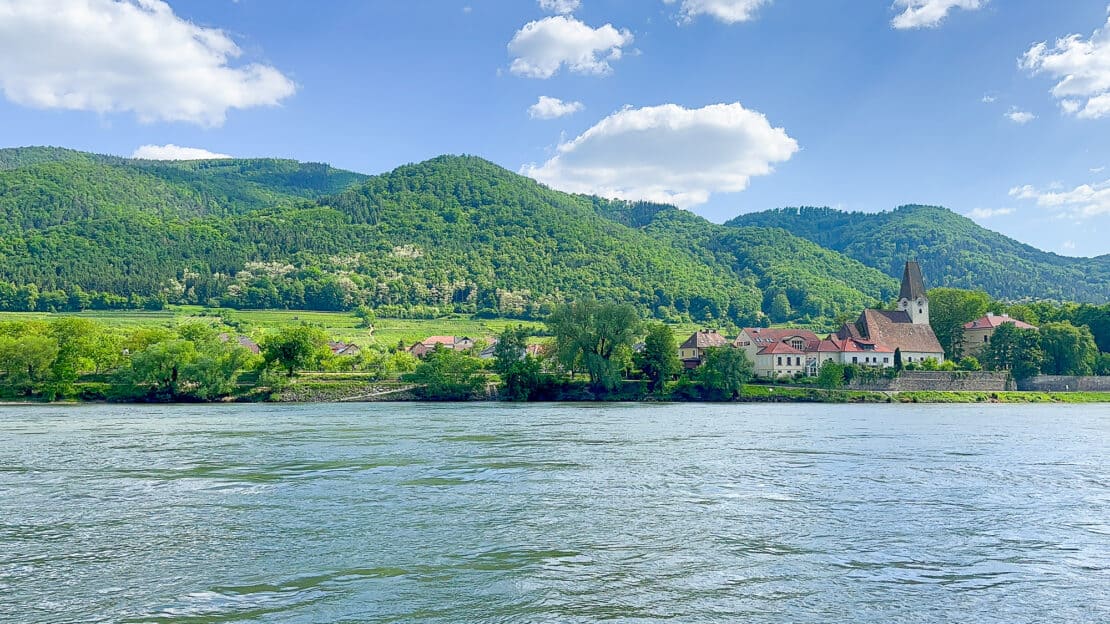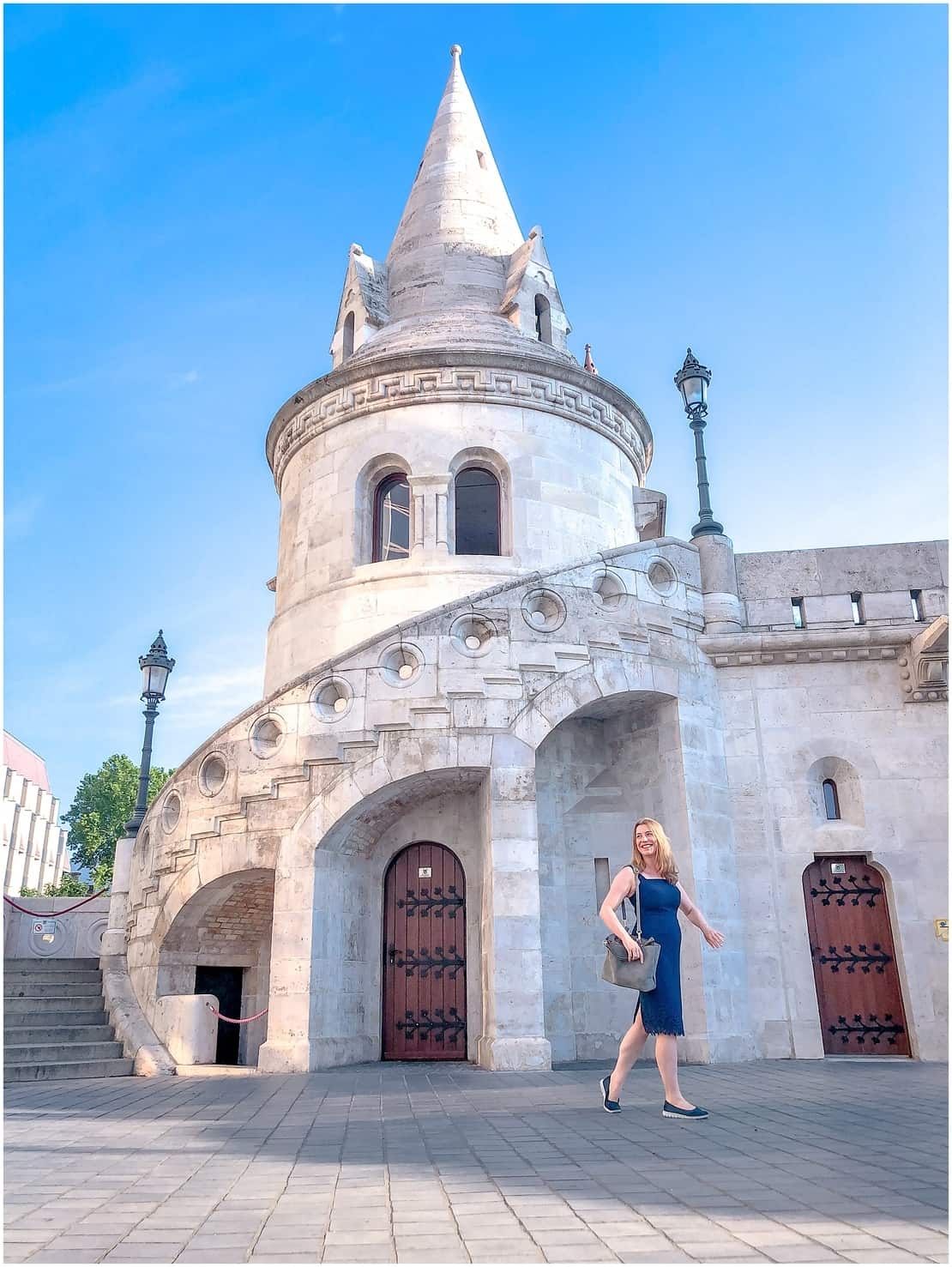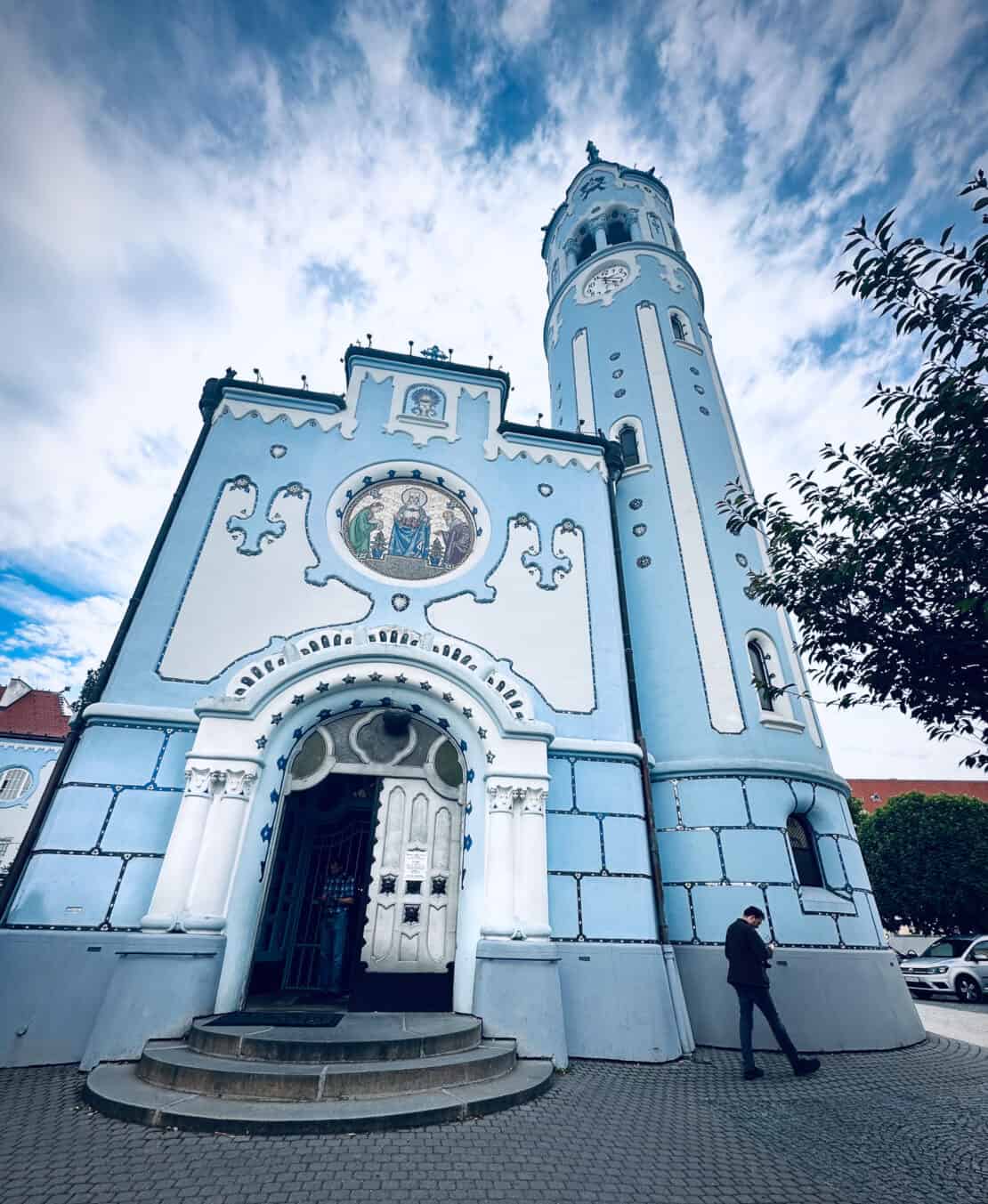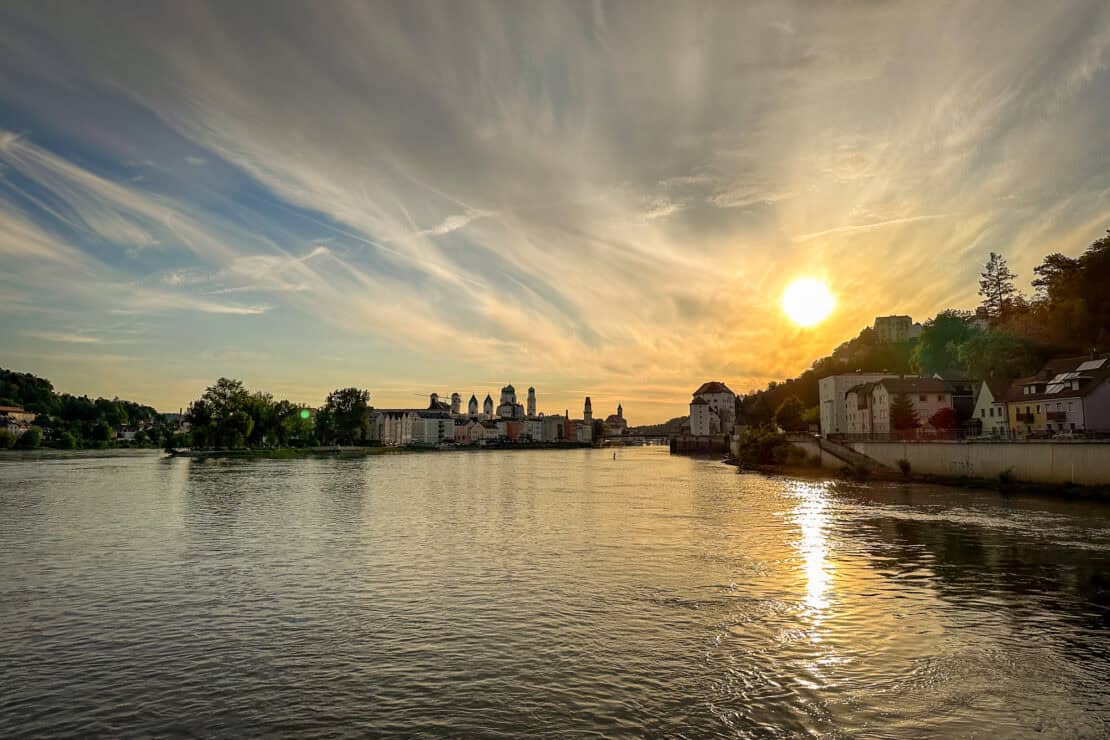Sail through the storybook capitals of the Danube, where imperial pasts and present-day energy merge along the continent’s most famous river.

Capitals on the Danube
“How many capitals are there on the Danube?”
So asked our host as the water of the river itself rippled past us, slinking and smirking and sure of the answer.
“There are four,” he continued, pausing for effect. “And we will be visiting three.”
It was early days on the voyage along the Danube on the Viking Aegir, so named after the Norse god of the ocean, a deity who’d wisely quit the waves for the soothing ebb and flow of Europe’s longest river.
Which capitals are on the Danube?
The Danube River flows through four spectacular capital cities: Vienna, Bratislava, Budapest and Belgrade.
Overall, it flows through ten different countries, making it one of the most internationally connected rivers in the world. Starting in Germany’s Black Forest, it winds through Austria, Slovakia, and Hungary before continuing southeast through Croatia and Serbia.
The river then forms a natural border between Bulgaria and Romania, touches Moldova briefly, and finally empties into the Black Sea in Ukraine. Along its course, the Danube passes through diverse landscapes and cultures, linking Central and Eastern Europe through its vital waterway.

The Danube River in Europe
The Danube itself is the longest river in the European Union, stretching from the Black Forest to the Black Sea and notching up over 1770 miles in the process. It’s carried poets, merchants and traders, inspired songs (the Blue Danube from Strauss is the waltz everyone knows) and seen enough bloodlust and tyranny to last a lifetime.
That’s the thing about what is, right now, a tranquil scrunched reflection of vineyards and valleys drifting by my window. This water serves as a living timeline that connects not only these capitals, but the countries that surround them, not only today but throughout history.
This is easiest to see, of course, in the port where our journey began, in Budapest.

The Two Sides of Budapest
For centuries, today’s Hungarian Capital existed as two distinct entities: Buda and Pest, separated by those Danube waters.
It’s a city that has been through a lot: the Romans, the Mongols, the Ottomans, the Habsburgs, the Nazis, and the Soviets, not to mention the indignity of being the capital of a country whose name makes children laugh (Hungarians themselves use the word Magyarország, in case you were wondering.)
Budapest’s history is writ large across its architecture, too. The majestic, whimsical architecture of the Fisherman’s Bastion on Castle Hill hark back to the good old days. Well, good for some.
The screams and rusting chains of the House of Terror flinch your way through the Soviet era, together with a pair of Stalin’s boots on the outskirts of town at the Memento Park. The soaring beauty of the Dohány Street Synagogue interior frames the ugly reality of the Nazi years, when more than 100 000 Jews disappeared from the city.
And the Ruin Pubs try to make sense of it all, attracting young people to drink and dance in half derelict cool, blue trabbis jutting out of the wall and trailing plants tumbling down battered walls.
The city’s penchant for thermal baths may have begun as a fortuitous quirk of nature with the discovery of the hot springs themselves, but could their continued popularity spring from a desire to wash away the misery of the past?

The Secret City of Bratislava
The next stop along the Danube could also be said to be forging a new identity, although as with so much in Europe and especially along the Danube, it’s more a rebirth or rebrand. For the history runs deep.
For years, Bratislava stood as the site of coronation for the kings and queens of the Austro-Hungarian Habsburg Empire.
Eleven noble heads became regal beneath the unassuming spire of St Martin’s Cathedral between 1563 and 1830, back when Bratislava was known as Pressburg.
Today, of course, it’s the capital of Slovakia, itself from a country split in two, a kaleidoscope of history before that.
Today’s Bratislava greets visitors with a smile. A giant Bratislavský rožok stands proud outside a shop window, daring me to try one of the crescent-shaped poppy seed snacks.

Into the Blue
St Elizabeth’s church on Bezručova throws its spire into the air in a fabulous, flamboyant blue.
And tourists queue to take their photo with the city mascot: a cheery eyed sewage worker Cumil coming up from the deep.
The UFO bridge waves us goodbye as we leave Bratislava, simple and modern in contrast to the gothic masterpiece of the riverside Houses of Parliament in Budapest.
But the arrival at the next port is a wolf in sheep’s clothing. Or rather, a world class city with sneakily boring grey, unsubstantial suburbs.

Waltzing into Vienna
Vienna is the only stop on this eight-day Danube Waltz where we don’t moor right in the heart of the action. Instead, it’s a quick subway ride to the pulse of the Austrian capital and the most unfair collection of stately museums in one place you’re ever likely to see.
Honestly, how can other capitals compete?
The Austrians I know may have tired of Vienna’s grandeur but even on my third, fourth or is it sixth visit here, I’m dazzled by its imperial presence.
For the Habsburgs owned the Danube, with building after building making London’s National Portrait Gallery look cheap and Buckingham Palace seem like a forgotten shed in the hinterland.
There’s the Kunsthistorisches Museum, with its soaring marble arches and Egyptian artefacts. The Albertina, with a rolodex of modern art and biographies of artists and the Academy of Fine Arts, which infamously rejected Hitler (altering the fate of the world.)
And in between it all, smoky coffee shops with Sachertorte mingle between the ghosts of Mozart, Strauss and Sisi, the beautiful princess who lived a tragic life.

The Golden Palace
On this visit, I finally venture inland to Schönbrunn Palace, a hunting lodge turned Versailles-like abode where Empress Maria Theresa lent all 1441 rooms her presence. This golden baroque masterpiece has its own Hall of Mirrors, portraits depicting Marie Antoinette and a six-year-old Wolfgang Amadeus Mozart (and yes, they met) plus symmetrical gardens, soaring frescoes and the oldest zoo in the world. It comes as no surprise that it is, of course, a UNESCO World Heritage Site.
But by twilight, I’m dancing the Danube waltz, both figuratively and literally back on board the Viking Aegir, getting ready to leave Vienna behind.
While sugarplums and Sachertorte dance in my head and I dream of a bedroom of gold, the Danube decides it’s time for a palate cleanser.
It’s time to see a different side of the river – and of Austria. We pass through cool clearings, glide past vineyards and watch willows tickle the surface of the water.

B-Linz and You’ll Miss It
Linz, Austria’s so-called third city, does the decent thing and serves up all its main attractions within an easy walk of the ship.
There’s the classical Old Town, with creamy pastel walls and peeling turquoise spires, and the Ars Electronica, a dubiously named cube of lavender which houses modern art installations inside.
We then travel further back in time, along the vineyards of the Wachau Valley, pausing for a quick excursion to the UNESCO World Heritage Site of Gottweig Abbey.

This is How You Solve a Problem like Maria
Guides steer us around the Abbey’s religious and literary history but don’t be fooled. It’s not really the magnificent library that draws people here; it’s the monastery’s dedication to the pursuit of pleasure through apricots.
First, there’s the cooking demonstration that explains the secret of the marillenknödel: a sweet apricot dumpling that spins and swims in honeyed butter.
Then, there is the range of apricot wine.
It’s another one of those balancing acts offered up by the Danube. Serious and sweet. Modern and timeless. Buda and Pest. Old and New.
Then we reach Passau, and all thoughts of duality go right out the window.

A Pass Act
For Passau sits at the confluence of not one, not two, but three rivers (and yes, a confluence of one would be rather underwhelming.)
This charming little spot slips under the radar in Bavaria, with most people trucking to Munich or Nuremberg instead.
But its sweet rainbow streets, painted by artists and children alike, link the Danube, Inn and Ilz rivers together.
I know the Inn quite well, having hiked, skied and stumbled through glaciers upstream near the Austrian city of Innsbruck.
The Danube, too, for all its might is a friend I’ve known for years.
But the Ilz? A look at Google reveals that it runs through Bavaria, a more modest and reserved river in comparison to the might of the Danube.

Making Waves
That same cyber session sends me through spiralling through the labyrinth search for the origins of the Danube itself. The best guess from history, it turns out, is that the name derives from an ancient Celtic word called danu.
It means flowing water. Or river.
So, there we have it. Unassuming and all assuming at the same time. A dual identity from the beginning. A timeless invitation to explore.
Ladies and gentlemen.
The river.
The Danube.
How to Travel the Danube with Viking Cruises
The Danube Waltz route is a greatest-hits tour of Central Europe, taking you from the splendour of Budapest to the baroque beauty of Passau, with stops in Vienna, Linz, and more. It’s a route that showcases the best of the Danube, from bustling capitals to riverside towns, in places where time seems to have wandered off some somewhere for a snooze and a sleepy slice of strudel.
You get a completely different perspective to travel by rail, road or air, with the river unfurling like a ribbon of history through four countries in one week.
You can read our full Viking Aegir review here (or watch the Viking video here) and can book directly with Viking here.

More about travel in Central and Eastern Europe
- Read the full review of the Viking cruise along the river Danube.
- Explore both sides of the river with our two day itinerary for Budapest.
- Vienna is famous for its classical music but there’s much more to the capital city than that and Habsburg royalty. Read about dark tourism in Vienna and how the city of music had its own Berlin wall at the end of World War II.
- Head off the beaten path with this introduction to Bratislava.




